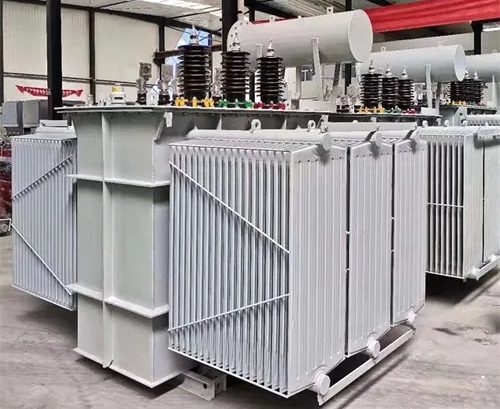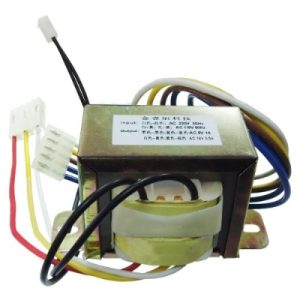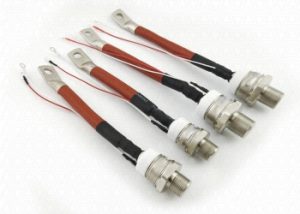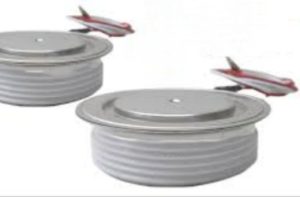Electronic Components Supplier | Transformers, Inductors, Inverters
Technical Analysis of 1000 kVA Oil-Filled Power Transformers: Design, Applications, and Performance Considerations
Abstract:
This technical paper examines the critical design parameters, operational characteristics, and application considerations for 1000 kVA oil-filled transformers. As a fundamental component in medium-voltage power distribution systems, these transformers play a vital role in industrial, commercial, and utility applications where reliable power conversion is essential.

1. Core Design and Construction Features
Modern 1000 kVA oil-filled transformers incorporate several advanced design elements:
-
Magnetic Circuit Design: Utilizing grain-oriented silicon steel (CRGO) cores with a typical flux density of 1.7 Tesla to minimize hysteresis and eddy current losses. Core construction employs step-lap mitering techniques to reduce no-load losses by 15-20% compared to conventional designs.
-
Winding Configuration: Layer-type windings for LV (typically 400V) and disc-type windings for HV (11kV-33kV) with interleaved paper-oil insulation. The average current density ranges between 3.0-3.5 A/mm² for optimal thermal performance.
-
Tank Engineering: Fabricated from 5-6mm carbon steel plates with corrugated or radiator-type cooling surfaces. The tank design accommodates a 10-15% expansion volume for mineral oil (typically BS 148 or ASTM D3487 compliant).
2. Key Performance Parameters
-
Efficiency Characteristics: Achieve 98.6-99.1% efficiency at 75% load when designed to IEC 60076-20 class Tk1 standards. No-load losses typically range 1200-1600W, while load losses at 75°C are maintained at 9500-11000W.
-
Impedance Voltage: Standard impedance values of 4.5-6% provide optimal fault current limitation while maintaining voltage regulation within ±2.5% from no-load to full-load conditions.
-
Thermal Performance: Designed for a maximum average winding temperature rise of 55K (65K hottest spot) under continuous full-load operation with 30°C ambient temperature.
3. Specialized Applications
-
Industrial Power Distribution: Particularly suited for manufacturing facilities with 6-10MW total load capacity, where they serve as distribution transformers for motor control centers and process equipment.
-
Renewable Energy Integration: Commonly deployed as collector transformers in 8-12MW solar PV plants or as unit transformers for 2-3MW wind turbine generators.
-
Commercial Complexes: Ideal for high-rise buildings and shopping malls requiring 800-1200kVA base electrical loads with 0.8-0.9 power factor.
4. Maintenance and Reliability Considerations
-
Oil Quality Monitoring: Regular DGA (Dissolved Gas Analysis) testing detects incipient faults, with attention to key gas ratios:
-
CH₄/H₂ < 0.1 indicates thermal faults
-
C₂H₂/C₂H₄ > 3 suggests arcing
-
CO/CO₂ ratio > 0.33 warns of cellulose degradation
-
Preventive Maintenance Schedule:
-
Annual oil testing (dielectric strength > 50kV, acidity < 0.1mg KOH/g)
-
5-year winding resistance and turns ratio verification
-
10-year core ground and insulation resistance testing
5. Emerging Technological Enhancements
-
Smart Monitoring Systems: Integration of IoT-enabled sensors for real-time measurement of:
-
Winding temperature (via fiber optic probes)
-
Moisture content in oil (capacitive sensors)
-
Partial discharge activity (UHF detection)
-
Advanced Insulation Materials: Development of nanofluid-based dielectric oils with 30-40% improved thermal conductivity and modified cellulose paper with 15% higher thermal endurance.

Conclusion:
The 1000 kVA oil-filled transformer represents an optimal balance between power handling capacity and physical footprint for medium-voltage applications. Continued advancements in materials science and condition monitoring technologies are further enhancing their reliability and operational lifespan, which typically exceeds 30 years with proper maintenance. Proper selection based on specific load characteristics (including harmonic content and load cycling patterns) remains critical for maximizing transformer performance and energy efficiency.







